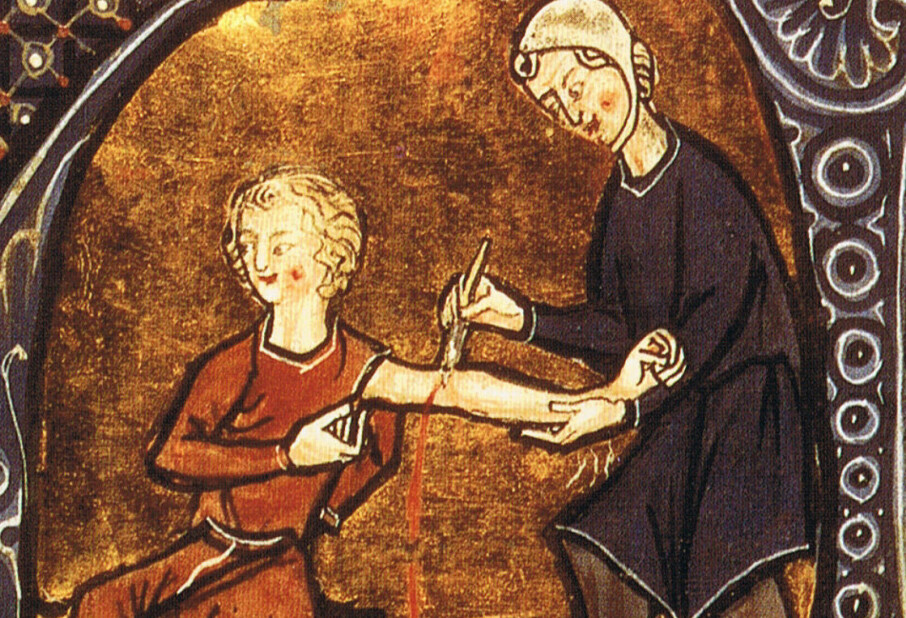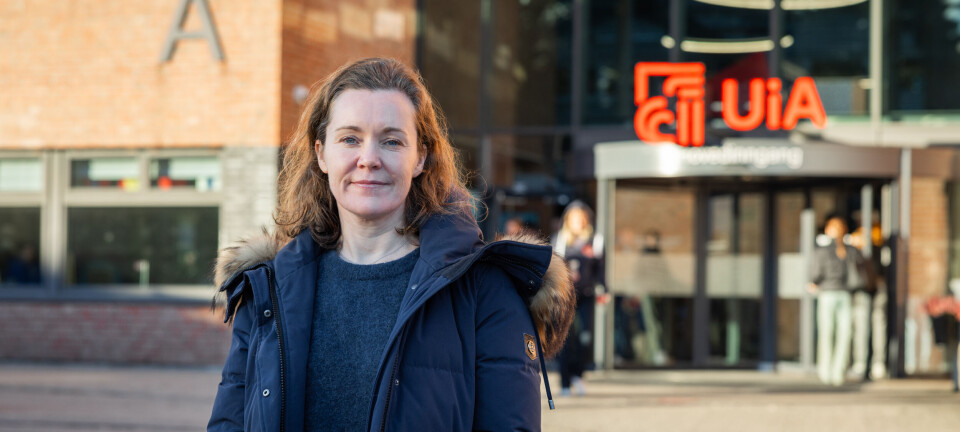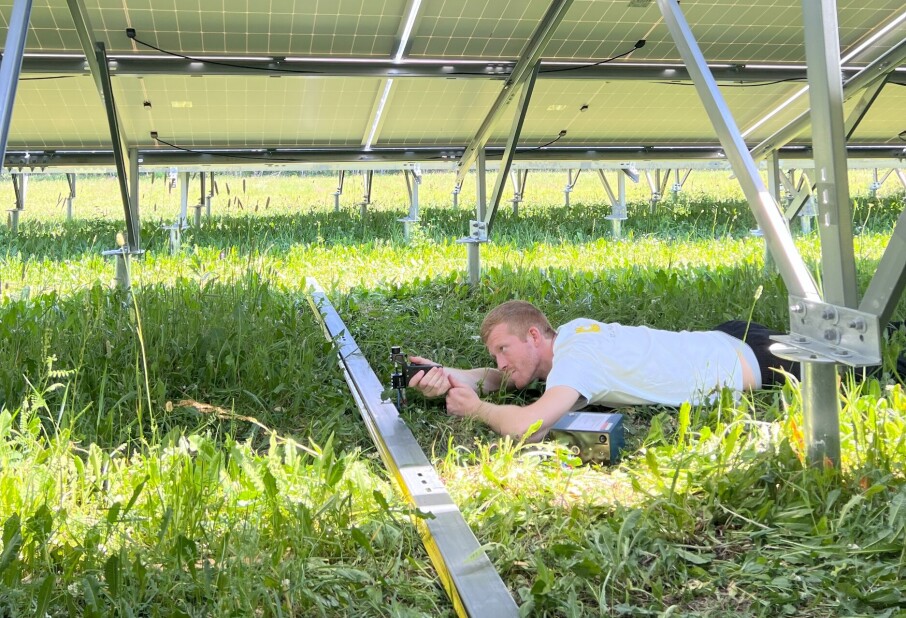
More and more young girls are being diagnosed with ADHD
In recent years, there has been an increase in ADHD diagnoses in Norway, especially among teenage girls, according to the Norwegian Institute of Public Health.
From 2020 to 2022, ADHD diagnoses in specialised health services among children and young people increased for both genders, data from the Norwegian Institute of Public Health (NIPH) shows (link in Norwegian).
This contrasts with the relatively stable development in the 10 years prior.
Most viewed
No content
The pandemic and better knowledge
Between 2019 and 2022, the proportion of girls with an ADHD diagnosis increased from 1.5 per cent to 3.1 per cent among girls from 16 to 19 years old. Among girls aged 20 to 24, the proportion has increased from 1 per cent to 2.2 per cent.
“One possible explanation is that ADHD symptoms became more visible to the family when children spent more time at home due to the Covid pandemic. It could also be that homeschooling in front of a screen was particularly challenging for children with ADHD,” department director Heidi Aase at the NIPH says.
She also believes that some girls with ADHD have ‘flown under the radar’ because they have different symptoms than boys.
“Knowledge about ADHD in girls is increasing, and this may also have contributed to more girls now receiving the diagnosis than before,” Aase says.
Most boys get the diagnosis among the youngest
The proportion of young men and women aged 16 to 19 years who were diagnosed with ADHD in specialised health services was roughly the same until 2020.
“From 2020, there are more women than men getting the diagnosis in the older age groups, while for younger age groups (0-15 years) there is still a clear majority of boys,” Aase concludes.
———
Translated by Alette Bjordal Gjellesvik.
Read the Norwegian version of this article on forskning.no
































